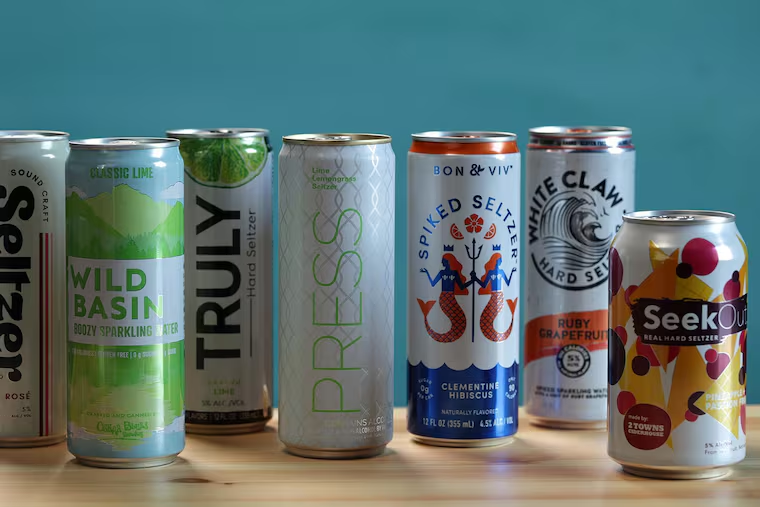The hard truth about hard seltzer: It’s not as ‘healthy’ as you may think
Often when people consume a food or drink that is perceived to be “healthier” for them, they tend to over-consume.

Often when people consume a food or drink that is perceived to be “healthier” for them, they tend to over-consume.
